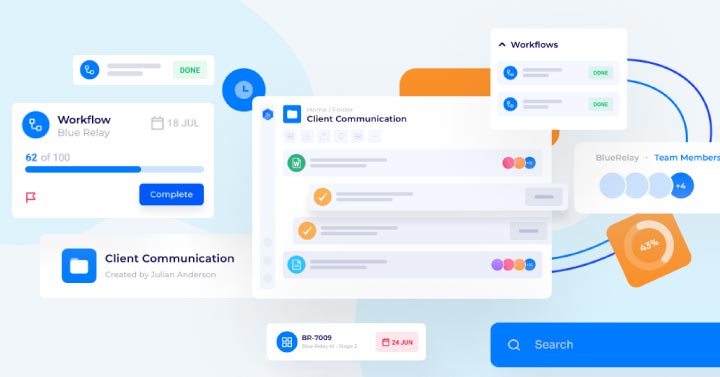The reinstatement of the OEP (discussed in our last post) fundamentally changes a health plan’s sales and marketing strategy. This blog discusses how the unsung heroes of a health plan (the marketing department) can prepare for these changes.
The rules of the game have changed! I am of course talking about the new Medicare Marketing Guidelines (MMG) (released in April) issued by the Centers for Medicare & Medicaid Services (CMS) that will go into effect in 2019.
Marketing and member communication teams are already scrambling to hone their perfect messages since the OEP will give consumers an extra three months to change their minds. Add to the mix new marketing guidelines, and it is a completely new playing field for the next benefit’s period.
Since the current law prohibits “unsolicited marketing and mailing marketing materials” to consumers to exploit the OEP, marketers need to be more strategic than ever for both member acquisition and retention. Marketing and sales should focus on improving their customer touchpoints (getting in touch with current customers and validating why they chose to do business with you in the first place), as well as monitoring opportunities for new clients without soliciting.
Here are the main changes summarized in the MMG:
Disclaimers
Many of the current disclaimers will be modified and/or deleted.
Font size
CMS no longer mandates that all marketing materials have a Times New Roman 12-point font type. This is great for marketing teams who want to fit in more content with smaller font (or don’t have enough content and want to extend the margins of their marketing materials and increase the font to fill the gaps). A word to the wise is to be cautious of too much content, as your customers don’t want to read a ton of text. You should also remember that the smaller the font, the harder it can be to read, especially for those aged 65 and up.
Referrals
EVERYBODY likes a free gift mailed to their doorstep (and people are more likely to refer you with a little extra incentive). CMS now allows health plans to announce that they can offer a gift for a referral and you can request email addresses when asking for referrals in addition to the mailing address. This is great news for sales in particular.
Provider communications
CMS is expected to clarify it is not a violation of CMS marketing requirements if contracted providers notify their patients that the contract status between the provider and the plan/Part D sponsor is changing.
Promotion activities
The maximum aggregate per person, per year, for promotional activities or items has increased from $50 to $75. This can be offered to all potential enrollees regardless of whether they enroll.
Review of materials
The updated MMG has changed the review process by including prospective and retrospective marketing materials. The main change here is Plans/Part D Sponsors must report self-identified errors in all marketing materials.
CMS conducts prospective and retrospective reviews of marketing materials. These include, but are not limited to, accepted (File &Use) materials, approved materials, documents in the marketplace, as well as materials associated with marketing activities. If CMS or the Plan/Part D Sponsor discovers any errors, the Plan/Part D Sponsor may be required to provide enrollees with accurate, updated information.
Third party websites
A third-party website is defined as a site that is not owned by a Plan/Part D Sponsor, but a by a company with whom the Plan/Part D Sponsor has a contract for the purpose of selling or promoting its products. Plans/Part D Sponsors must ensure that their contracted third-party websites do not provide misleading information or use prohibited terminology.
An increase in marketing budgets, AEP direct mail, and social media presence are a few of the outcomes we will see from the marketing department as a result of this change.
Don’t wait too long – prepare your marketing and sales strategies right away. Good luck!
Easily manage your processes, member materials and teams with Blue Relay.



